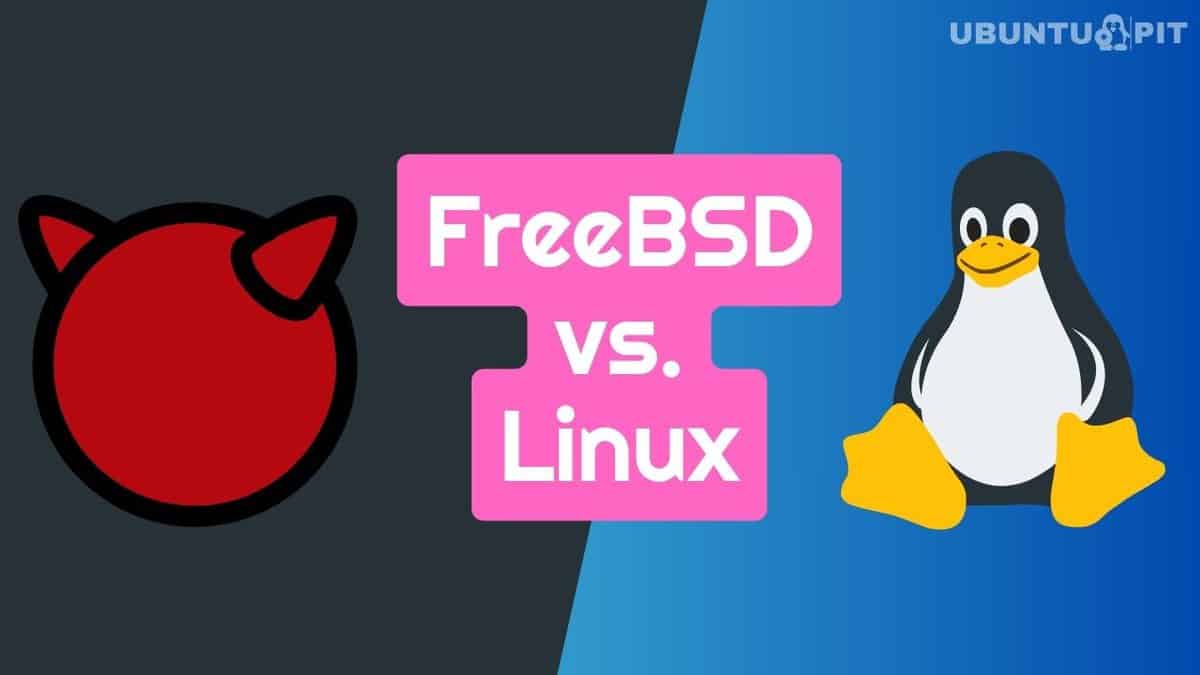Razvedka
Banned
And from the FreeBSD website:
This stack discussion also offers further insight.
2. What, a real UNIX®?
The BSD operating systems are not clones, but open source derivatives of AT&T’s Research UNIX® operating system, which is also the ancestor of the modern UNIX® System V. This may surprise you. How could that happen when AT&T has never released its code as open source?
It is true that AT&T UNIX® is not open source, and in a copyright sense BSD is very definitely not UNIX®, but on the other hand, AT&T has imported sources from other projects, noticeably the Computer Sciences Research Group (CSRG) of the University of California in Berkeley, CA. Starting in 1976, the CSRG started releasing tapes of their software, calling them Berkeley Software Distribution or BSD.
Initial BSD releases consisted mainly of user programs, but that changed dramatically when the CSRG landed a contract with the Defense Advanced Research Projects Agency (DARPA) to upgrade the communications protocols on their network, ARPANET. The new protocols were known as the Internet Protocols, later TCP/IP after the most important protocols. The first widely distributed implementation was part of 4.2BSD, in 1982.
In the course of the 1980s, a number of new workstation companies sprang up. Many preferred to license UNIX® rather than developing operating systems for themselves. In particular, Sun Microsystems licensed UNIX® and implemented a version of 4.2BSD, which they called SunOS™. When AT&T themselves were allowed to sell UNIX® commercially, they started with a somewhat bare-bones implementation called System III, to be quickly followed by System V. The System V code base did not include networking, so all implementations included additional software from the BSD, including the TCP/IP software, but also utilities such as the csh shell and the vi editor. Collectively, these enhancements were known as the Berkeley Extensions.
The BSD tapes contained AT&T source code and thus required a UNIX® source license. By 1990, the CSRG’s funding was running out, and it faced closure. Some members of the group decided to release the BSD code, which was Open Source, without the AT&T proprietary code. This finally happened with the Networking Tape 2, usually known as Net/2. Net/2 was not a complete operating system: about 20% of the kernel code was missing. One of the CSRG members, William F. Jolitz, wrote the remaining code and released it in early 1992 as 386BSD. At the same time, another group of ex-CSRG members formed a commercial company called Berkeley Software Design Inc. and released a beta version of an operating system called BSD/386, which was based on the same sources. The name of the operating system was later changed to BSD/OS.
386BSD never became a stable operating system. Instead, two other projects split off from it in 1993: NetBSD and FreeBSD. The two projects originally diverged due to differences in patience waiting for improvements to 386BSD: the NetBSD people started early in the year, and the first version of FreeBSD was not ready until the end of the year. In the meantime, the code base had diverged sufficiently to make it difficult to merge. In addition, the projects had different aims, as we will see below. In 1996, OpenBSD split off from NetBSD, and in 2003, DragonFlyBSD split off from FreeBSD.
3. Why is BSD not better known?
For a number of reasons, BSD is relatively unknown:
- The BSD developers are often more interested in polishing their code than marketing it.
- Much of Linux’s popularity is due to factors external to the Linux projects, such as the press, and to companies formed to provide Linux services. Until recently, the open source BSDs had no such proponents.
- In 1992, AT&T sued BSDI, the vendor of BSD/386, alleging that the product contained AT&T-copyrighted code. The case was settled out of court in 1994, but the spectre of the litigation continues to haunt people. In March 2000 an article published on the web claimed that the court case had been "recently settled".
One detail that the lawsuit did clarify is the naming: in the 1980s, BSD was known as "BSD UNIX®". With the elimination of the last vestige of AT&T code from BSD, it also lost the right to the name UNIX®. Thus you will see references in book titles to "the 4.3BSD UNIX® operating system" and "the 4.4BSD operating system".
....
This arrangement differs from Linux in a number of ways:
- No one person controls the content of the system. In practice, this difference is overrated, since the Principal Architect can require that code be backed out, and even in the Linux project several people are permitted to make changes.
- On the other hand, there is a central repository, a single place where you can find the entire operating system sources, including all older versions.
- BSD projects maintain the entire "Operating System", not only the kernel. This distinction is only marginally useful: neither BSD nor Linux is useful without applications. The applications used under BSD are frequently the same as the applications used under Linux.
- As a result of the formalized maintenance of a single SVN source tree, BSD development is clear, and it is possible to access any version of the system by release number or by date. SVN also allows incremental updates to the system: for example, the FreeBSD repository is updated about 100 times a day. Most of these changes are small.
This stack discussion also offers further insight.
Last edited:

